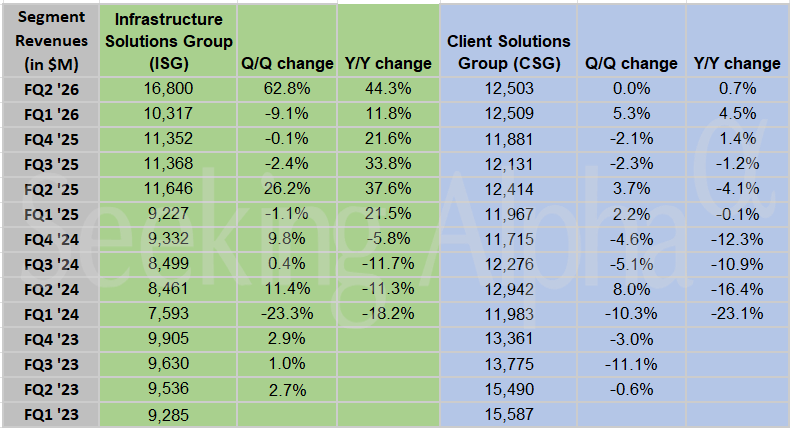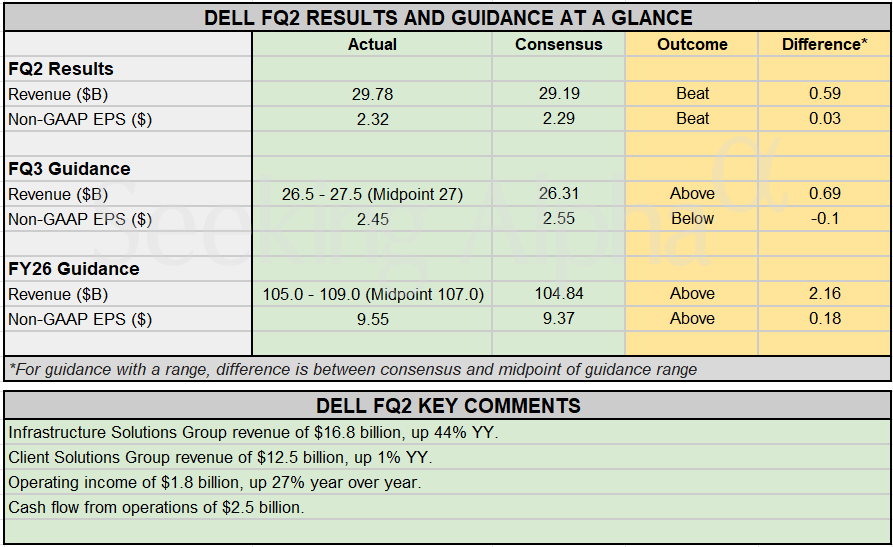- Cambricon, a China-based semiconductor firm, just posted their greatest profit to date and a roughly 44-fold revenue surge. The company’s rapid growth comes as Nvidia recorded no chip sales to China during its second quarter and signals a push by local players to innovate in the tech giant’s absence, experts tell Fortune.
Cambricon, a China-based semiconductor firm, posted record profit in the first half of the year, along with revenue that surged roughly 4,300%.
The earnings, released late Tuesday, serve as an example of Nvidia’s growing local competition in China, as the government and market seek alternative chipmakers to gain traction in the region. Nvidia’s business in China has been tied up in U.S. export restrictions and geopolitical tensions, and the tech behemoth recorded no H20 chip sales to China in the second quarter, per its earnings release yesterday.
Cambricon’s first-half revenue surged to 2.88 billion Chinese yuan ($402.7 million), the company reported this week. The Chinese upstart, created by two “genius brothers,” is partially state-owned and headquartered in Beijing. The company’s stock is now China’s most expensive, overtaking liquor company Kweichow Moutai. Still, the whopping revenue growth is a far cry from Nvidia, which reported $46.7 billion in the second quarter alone.
But experts tell Fortune Cambricon’s growth reflects a larger push to create local Nvidia rivals in China—especially as the tech giant deals with increased export restrictions under the Trump administration.
“Nvidia apparently has a better overall offerings in terms of the hardware in China, but because of the export controls right now they cannot sell basically to China,” Ray Wang, research director of semiconductors, supply chain, and emerging tech at The Futurum Group, told Fortune. “They leave a big market void for a Chinese competitor to fulfill.”
Wang said large China tech companies like Huawei and SMIC are “catching up rapidly” to Nvidia in terms of both product and quality, as well as production capacity.
“That’s a serious concern for both Nvidia and the U.S. government’s agenda in terms of… dominating AI globally,” he said.
Export tensions with China
Earlier this year, the U.S. enforced stricter export controls to China, at one point banning H20 chips—which are known to be less powerful than Nvidia’s AI chips—from being sold to the country. In July, the ban was lifted, but it also allowed time for companies to invest in innovation.
“The problem with banning [H20 chips] is you’re effectively handing the AI market and training over to companies like Huawei or Cambricon or… other local players,” Stacy Rasgon, senior analyst of U.S. semiconductors and semiconductor capital equipment at Bernstein Research, told Fortune.
Rasgon pointed out that, in Cambricon’s case, the roughly 44-fold revenue increase to $402.7 million in the first half of this year means the company went from “tiny to small.” He said he’s less focused on the percentage growth than the reason behind it.
“There’s a big push in China for self sufficiency,” Rasgon said.
Cambricon’s record profit was helped by a wave of demand for Chinese chips after Beijing encouraged using local technology, citing security concerns and uncertainty over the Trump administration’s export curbs. The most recent catalyst for Cambricon’s surge came from AI startup DeepSeek, which said last week its latest model comes with a feature that can optimize locally-made chips.
Last week, the Chinese government told its tech companies to stop using Nvidia’s H20 chips after U.S. Commerce Secretary Howard Lutnik said China would only receive the company’s “fourth best” chip when speaking with CNBC, only adding fuel to the fire.
“You want to sell the Chinese enough that they get addicted to the American technology stack,” Lutnik added.
Despite technology advancements by Nvidia rivals amid geopolitical tensions, demand for its H20 chips remain—even in the face of regulatory hurdles the company is navigating.
In its second-quarter earnings, Nvidia reported no H20 sales to China-based customers. In its earnings call on Wednesday, Chief Financial Officer Colette Kress estimated $2 billion to $5 billion in H20 revenue this quarter should “geopolitical issues reside.” Nvidia did not include any revenue from H20 chips in its third quarter guidance, which tops analysts’ expectations of $53.14 billion at $54 billion, plus or minus 2%.
“It was inevitable there would be more entrants into this market,” Sebastien Naji, a research analyst at William Blair, told Fortune. “Near-term, I think the risks on the regulatory front are more impactful than increased competition.”
Nvidia previously warned that if not for the U.S. chip export restrictions, its topline guidance for the July quarter would have been $8 billion higher.
“I think the stock does not have that priced in, in terms of if that revenue were to go away,” Stephen Callahan, trading behavior analyst at Firstrade Securities, told Fortune before Nvidia’s earnings call on Wednesday.
CFO Kress also said during the earnings call over the past few weeks, a “select number” of China-based customers received licenses for H20 chips, though none have been shipped based on those licenses. Kress also mentioned the U.S. government and Nvidia haven’t finalized a recent agreement that will require the chipmaker to share 15% of the revenue it makes through H20 chip sales to China.
How China’s chips stack up to Nvidia’s
There are already some Chinese products that outperform Nvidia’s H20, analyst Rasgon said. He said he expects greater competition in the local market to only catalyze chip innovation in China.
“Nvidia is never going to be allowed, probably, to sell better parts in China,” Rasgon said. “So for the Chinese, it takes time, but they’re going to work on improving their own stuff. And over time, maybe that gap closes.”
Nvidia CEO Jensen Huang has long complained about U.S. export controls, saying they will only galvanize local players to innovate in the chipmaker’s absence.
“The China market, I’ve estimated to be about $50 billion of opportunity for us this year if we were able to address it with competitive products,” Huang said during the second-quarter earnings call.
But not only does Nvidia look to resume H20 chip sales in China, the company also wants to expand its product line by introducing the high-performance Blackwell chip in the country, should the U.S. agree.
“We continue to advocate for the U.S. government to approve Blackwell for China,” Kress said during the earnings call. The company aims to “win the support of every developer” in highly-competitive markets, she added, so Nvidia technology can be the world’s gold-standard.
“You kind of need a Blackwell chip [in China], even though it’s going to be performance-laden in nature, relative to everything else in the market,” Angelo Zino, SVP and technology equity analyst at CFRA, told Fortune.
While Zino said the H20 “probably isn’t going to give you enough to offset or get back the revenue” the company had a couple of quarters ago, introducing a Blackwell chip in China just might.
This story was originally featured on Fortune.com

 2 hours ago
1
2 hours ago
1















 English (US) ·
English (US) ·